Introduction
Peach gum, also known as peach tree resin or peach pitch, is a natural substance derived from the wounds of peach, plum, or apricot trees. This gelatinous substance forms as a protective sealant to heal wounds and prevent further damage to the tree. Traditionally, peach gum has been used in Chinese medicine for its various health benefits, including its ability to nourish the lungs, moisturize the skin, and alleviate coughs. In recent years, it has gained popularity in the wellness and beauty industries due to its rich collagen content and hydrating properties.
While dried peach gum is more commonly available in markets, preparing fresh peach gum at home can be a rewarding experience. It allows you to harness the full nutritional and therapeutic potential of this natural ingredient, ensuring its purity and freshness. This comprehensive guide will walk you through the process of collecting, cleaning, and preparing fresh peach gum, from identifying the right trees to storing your final product.
Chapter 1: Understanding Peach Gum
1 What is Peach Gum?
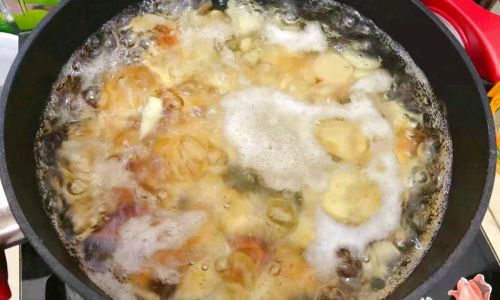
Peach gum is a natural gummy substance that forms on the branches and trunks of peach, plum, and apricot trees when they are wounded, usually by insects or pruning. The gum is composed primarily of polysaccharides, including galactans and arabinogalactans, which give it its gel-like consistency. It also contains trace amounts of proteins, vitamins, and minerals.
2 Health Benefits of Peach Gum
In traditional Chinese medicine, peach gum is valued for its ability to nourish the yin and moisten the lungs, making it useful for treating dry coughs, sore throats, and other respiratory conditions. It is also believed to improve skin elasticity and hydration, making it a popular ingredient in beauty products. Modern research suggests that peach gum may have antioxidant and anti-inflammatory properties, contributing to its overall health benefits.
3 Types of Peach Gum
There are two main types of peach gum: natural and cultivated. Natural peach gum forms spontaneously on trees in the wild or in orchards, while cultivated peach gum is intentionally induced by creating wounds on the trees. Cultivated peach gum is generally more abundant and consistent in quality, but some people prefer natural peach gum for its purity and authenticity.
Chapter 2: Identifying Suitable Trees
1 Choosing the Right Trees
To collect fresh peach gum, you need to find healthy peach, plum, or apricot trees that are at least five years old. Younger trees may produce less gum, and the quality may not be as good. Look for trees that are free from pests and diseases, with a good canopy and vigorous growth.
2 Recognizing Peach Gum
Fresh peach gum is typically translucent to amber in color, with a slightly sticky texture. It can vary in size and shape, depending on the size and location of the wound. It may be found on branches, trunks, or even the roots of the tree. When collecting, be sure to distinguish peach gum from other substances, such as sap or insects’ secretions, which may have a similar appearance.
Chapter 3: Collecting Fresh Peach Gum
1 Timing is Key
The best time to collect peach gum is during the late spring and early summer, when the trees are actively growing and healing wounds. Avoid collecting during periods of extreme weather, such as heavy rain or extreme heat, as this can affect the quality of the gum.
2 Tools and Preparation
Before collecting, gather the necessary tools: a sharp knife or pruning shears, a clean container, gloves, and a soft cloth or paper towels. Wear gloves to protect your hands from the sticky gum and potential tree sap.
3 Making the Wound
While natural peach gum can be collected, you may also induce the production of gum by making a small wound on the tree. Use a sharp knife to make a clean, shallow cut on a healthy branch or trunk. Be careful not to harm the tree excessively, as this can weaken its structure and health.
4 Collecting the Gum
Gently scrape the gum off the tree using the knife or your fingers, being careful not to leave any behind. Place the collected gum in the clean container. If the gum is too sticky to handle, you can use a soft cloth or paper towel to wipe it off the tree and then transfer it to the container.
Chapter 4: Cleaning and Processing Fresh Peach Gum
1 Initial Cleaning
Once collected, rinse the peach gum under cold running water to remove any dirt, debris, or insects. Be gentle to avoid breaking it into smaller pieces. Pat it dry with a clean cloth or paper towels.
2 Soaking and Boiling
To soften and purify the gum, soak it in cold water for several hours or overnight. Change the water if it becomes discolored or cloudy. After soaking, transfer the gum to a pot of boiling water. Boil for about 30 minutes to an hour, skimming off any impurities that rise to the surface. This step helps to remove any remaining dirt and to break down the gum into a smoother consistency.
3 Draining and Drying
Once boiled, remove the gum from the pot and let it cool slightly. Drain off any excess water and place the gum on a clean, flat surface to dry. You can use a dehydrator, oven set to a very low temperature (around 150°F or 65°C), or simply air-dry it in a well-ventilated area. Drying time can vary depending on the method and the thickness of the gum, but it typically takes several hours to a day.
Chapter 5: Storing and Using Fresh Peach Gum
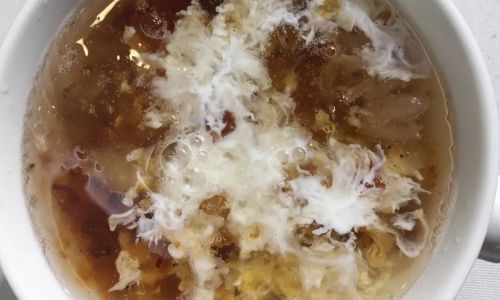
1 Proper Storage
Once dried, peach gum can be stored in an airtight container in a cool, dark place. It should be kept away from moisture and direct sunlight to prevent mold and degradation. Properly stored, dried peach gum can last for several months to a year.
2 Using Fresh Peach Gum
Fresh peach gum can be used in various ways, depending on your preferences and needs. Here are some popular uses:
-
Beverages: Dissolve dried peach gum in hot water or herbal tea to make a nourishing drink. You can add honey, lemon, or other flavorings to taste.
-
Soups and Stews: Add dried peach gum to soups and stews for a rich, gelatinous texture and added nutritional benefits.
-
Skincare: Use dried peach gum as a natural moisturizer by mixing it with water to form a paste and applying it to your face and neck. Rinse off after 15-20 minutes.
-
Desserts: Incorporate dried peach gum into desserts such as puddings, jellies, or candies for a unique texture and flavor.
Chapter 6: Tips and Troubleshooting
1 Tips for Success
-
Patience is Key: Collecting and processing peach gum can be a time-consuming process. Be patient and take your time to ensure the best quality.
-
Quality Control: Inspect the gum carefully at each stage of processing to remove any impurities or imperfections.
-
Experimentation: Don’t be afraid to experiment with different uses and recipes to find the ones you enjoy the most.
2 Troubleshooting Common Issues
-
Sticky Mess: If the gum is too sticky to handle, soak it in cold water for longer periods or use a little oil on your hands or tools to reduce stickiness.
-
Impurities: If impurities persist after boiling, try filtering the gum through a fine-mesh sieve or cheesecloth.
-
Drying Problems: If the gum dries too quickly and becomes hard or brittle, soak it in water again and repeat the boiling and drying process.
Conclusion
Preparing fresh peach gum at home is a rewarding endeavor that allows you to harness the full potential of this natural ingredient. By following the steps outlined in this guide, you can collect, clean, and process peach gum from healthy trees, ensuring its purity and freshness. With its rich nutritional and therapeutic properties, peach gum can be incorporated into various beverages, dishes, and skincare routines, making it a versatile addition to your wellness and beauty arsenal. Remember, patience and attention to detail are key to producing high-quality peach gum. Enjoy the process and the benefits of your homemade peach gum!
Additional Insights and Considerations
The Science Behind Peach Gum
Understanding the chemical composition of peach gum can provide further insights into its health benefits and uses. The polysaccharides in peach gum, such as galactans and arabinogalactans, are known for their water-holding capacity and ability to form viscous gels. These properties make peach gum an excellent moisturizer and emollient, which can help to soothe and hydrate the skin.
Moreover, the polysaccharides in peach gum have been shown to have antioxidant and anti-inflammatory activities. These properties may contribute to peach gum’s ability to protect the body from oxidative stress and inflammation, which are associated with various chronic diseases.
Sustainable Harvesting Practices
When collecting peach gum, it is important to adopt sustainable practices to protect the trees and the environment. This includes making small wounds that will not harm the
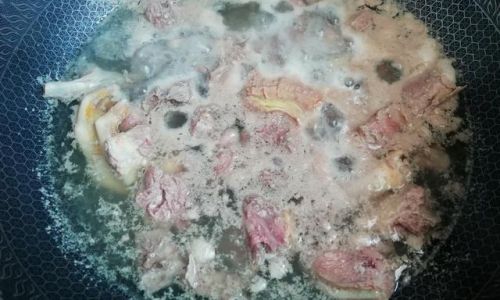
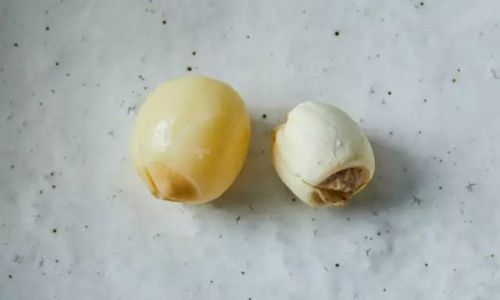
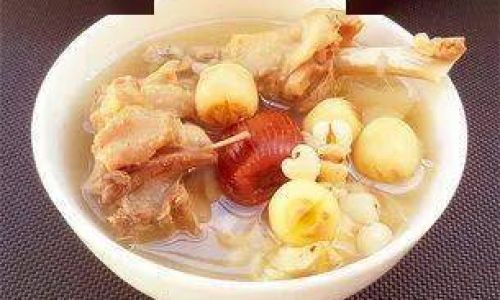
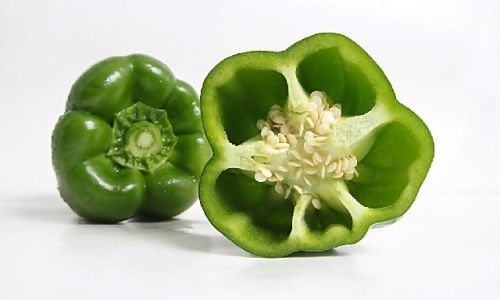
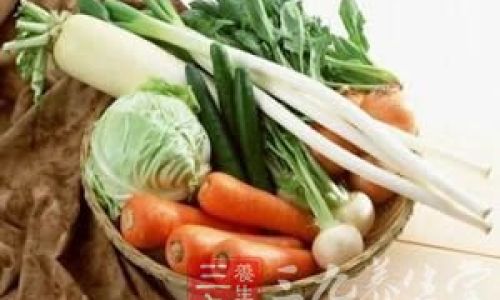
0 comments